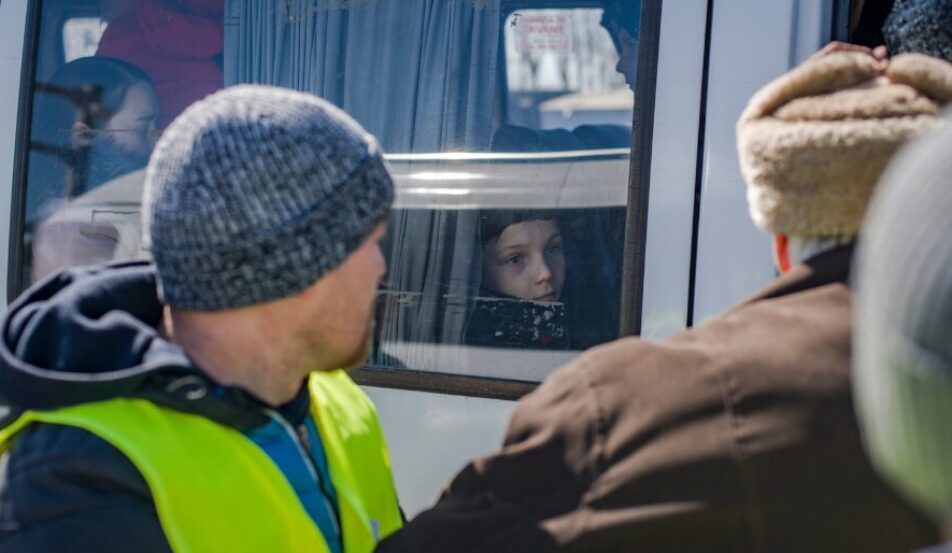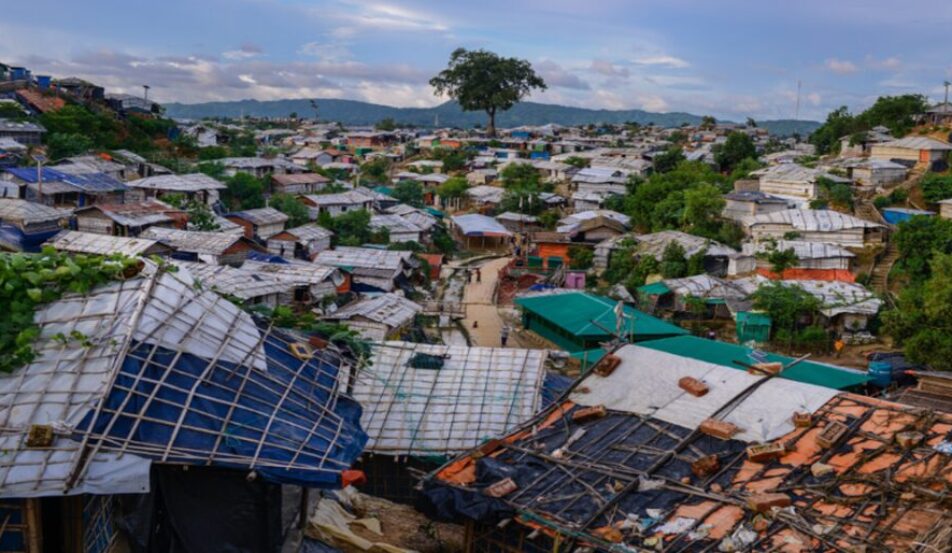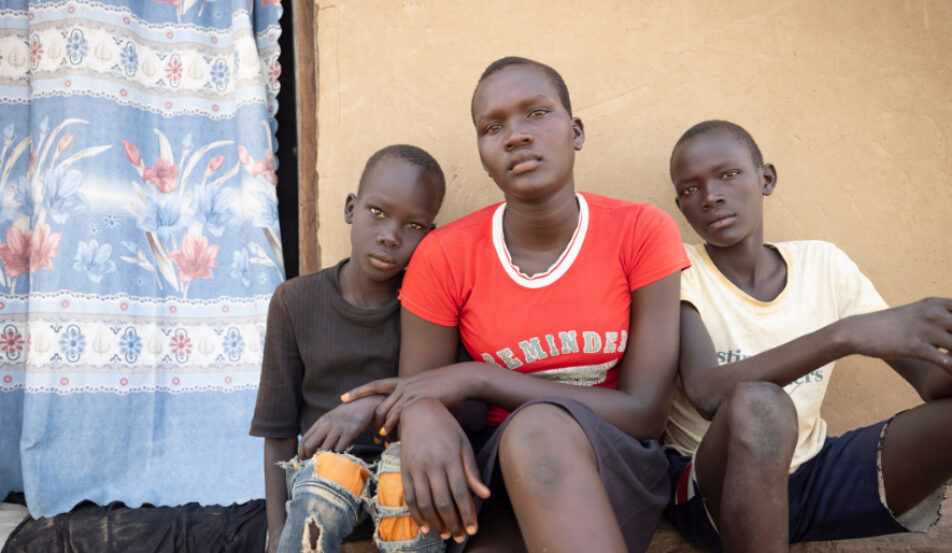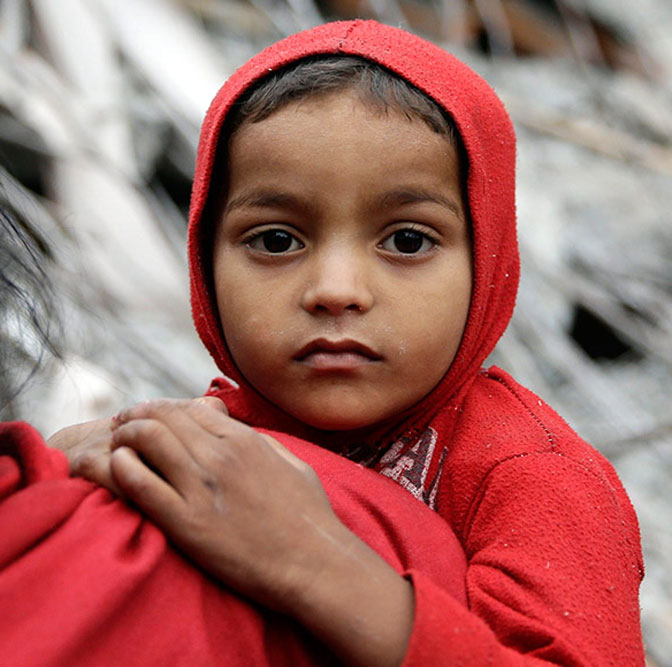Restarting local business after Haiyan
Binagol is the chief product made by women in Miriam`s village in the central Philippines. It`s a delicacy local to Leyte. Before Typhoon Haiyan, they would gather at a common space at the edge of their row of houses and take turns making their batches of binagol.
Between the dozen or so mothers present, they had all the tools they needed. Each would individually chop the root crop ingredients on their own, then they would share the equipment for cooking and preparing the delicacy.
In Leyte, binagol is a regular staple at markets, corner stores, canteens, and even transit terminals. Through their communal kitchen, Miriam and the women of her village made enough binagol to drop off at nearby markets, making the mothers a small profit to take home.
On 8 November 2013, Typhoon Haiyan changed everything for them, along with millions of other Filipinos in the Visayas region. Scarcity of food supplies and clean water was the biggest challenge. Many were also forced to abandon their regular work to repair or rebuild their homes.
The communal kitchen run by Miriam and her neighbours seemed doomed. This was especially difficult for Miriam, as her husband`s farmhand income was never enough to support their family even before the typhoon.
As part of ChildFund’s long-term emergency response to support those affected by Haiyan, ChildFund Philippines and our local partners have stepped in to help women like Mirian rebuild their livelihoods so families can get back on their feet.
When ChildFund invested in restoring binagol-makers` livelihoods in Miriam`s village, Miriam felt hope for the first time. She says she was not sure what to expect from the ChildFund staff when they first came. The workshop held right at her village helped her understand that ChildFund was here to help, but she and the other mothers would have to do their share not just to restore their livelihood, but improve it as well.
Miriam received her own complete set of utensils and tools for binagol production. She and her peers could now each make as much binagol as they could manage, and ChildFund even helped them with the ingredients for their first run. Most importantly, ChildFund invested in a critical element in the sustainability of their revived livelihood €“ capital.
Previously, the binagol makers often needed loans to buy their ingredients and would then repay the loans from their profits as they were made. This business model meant Miriam and her peers remained in a cycle of debt, eating into what earnings their business did make. Instead, ChildFund invested in the capital for Miriam to restart her business without digging herself into debt. She and her peers were taught to always put away 10 per cent of their profit into savings, so the start-up capital would keep growing.
Now Miriam and her neighbours individually produce binagol and they no longer labour merely to pay debt. Their new method means the women have been able to multiply their village`s total production and they’ve successfully brokered an agreement with a wholesaler.
“I`m pleased and surprised how much better business is now,” Miriam says. “Life was so difficult after Yolanda (the local name for Haiyan). I was desperate to find a new way to feed my three children. I`m glad I can return to what I`m skilled at, and provide better for my family.”
As part of ChildFund`s long-term recovery strategy, we are also helping to strengthen community-based child protection mechanisms and provide disaster risk management and emergency response training for local communities. In addition, our Child-Centred Spaces continue to operate on weekends to support children affected by the disaster.
Thank you to all of our wonderful supporters, including our Project Humanity partners, who together donated more than $620,000 to support ChildFund`s Haiyan emergency response.






